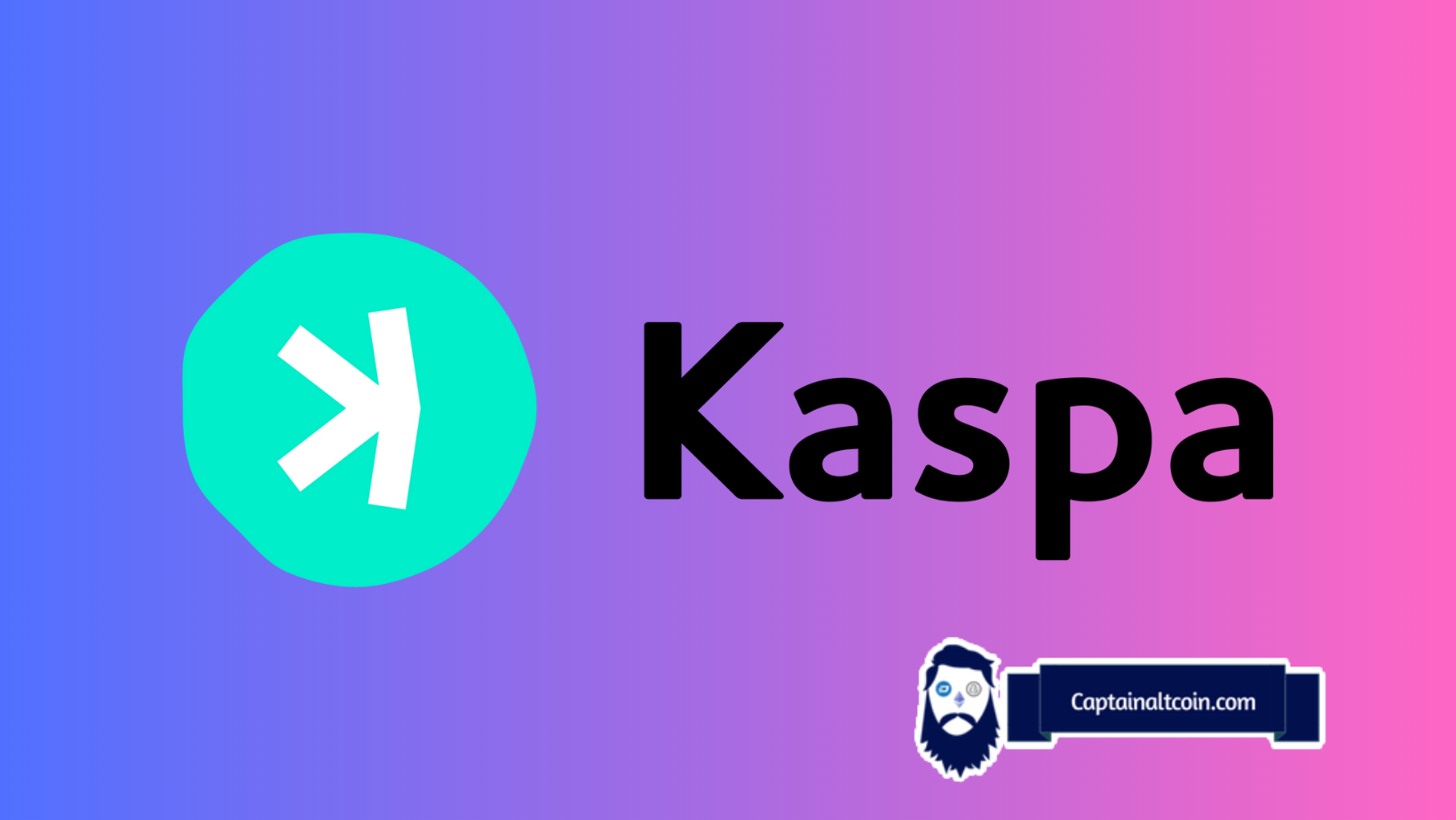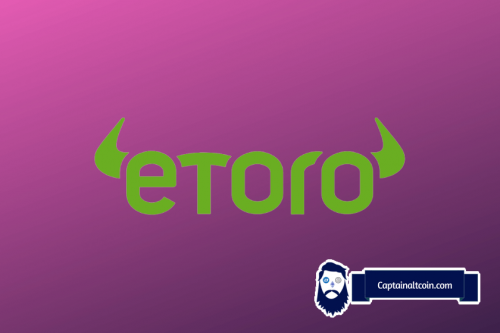
Kaspa has recently captured attention for its claims to be the “natural evolution of Bitcoin”, boasting major improvements in transaction speed and scalability. But how exactly does Kaspa propose achieving these breakthroughs? A deep dive into the history and technical details reveals an ambitious decade-long journey to overcome blockchain limitations. NFT creator Crypto Hound Anubis shared a tweet about it.
For over a decade, Bitcoin has reigned supreme atop the blockchain hierarchy, boasting its 10-minute transaction times. However, as the world of finance rapidly evolves, cryptocurrencies must keep pace. Traditional finance giants like Visa can process up to 24,000 transactions per second (TPS), dwarfing Bitcoin’s seven TPS and Ethereum’s 20 to 30 TPS. The need for cryptocurrencies to match these transaction capabilities is evident for mass adoption.
What you'll learn 👉
The Genesis of GHOST
Nearly a decade ago, the GHOST (Greedy Heaviest Observed Subtree) protocol was introduced by computer scientists Yonatan Sompolinsky and Aviv Zohar in their research paper, “Secure High-Rate Transaction Processing in Bitcoin.” This protocol was a potential solution to the trade-off between security and transaction throughput in blockchain networks. By including orphaned blocks and assigning them weight in the consensus process, GHOST aimed to enhance the network’s overall efficiency and security.
Why GHOST?
Traditional blockchain systems using Proof of Work (PoW) consensus face a dilemma: increase security by taking longer to confirm a block or speed up the network at the expense of security. The GHOST protocol sought to address this by redefining consensus. Instead of only considering the “longest chain” as valid, GHOST proposed giving weight to “orphaned” blocks, thereby increasing the network’s throughput while maintaining high security.
The GHOST protocol redefines block validity by considering orphaned blocks and assigning them weight in the consensus process. This approach increases transaction throughput and maintains a high level of security. By using a Directed Acyclic Graph (DAG), multiple transactions can be processed in parallel, enhancing efficiency.
Doge2014 raises 500K in days celebrating Dogecoin. Make potentially big profits and get in on exclusive airdrop!
Show more +While initially proposed for Bitcoin, GHOST’s principles found their way into various blockchain projects, most notably Ethereum’s transition to a PoW/PoS hybrid consensus mechanism. Ethereum’s adoption of the GHOST protocol allowed it to achieve an impressive average transaction time of just 13 seconds.
Building on the foundation of GHOST, Yonatan Sompolinsky and Aviv Zohar introduced GHOSTDAG in 2018. This new protocol combined the security of PoW with the efficiency of PoS, making it more secure and efficient than its predecessor. GHOSTDAG’s innovative approach has positioned it as a game-changer in the blockchain industry.
Kaspa: The Next Frontier
Kaspa’s framework addresses the challenges of speed and scalability inherent in traditional blockchains. By leveraging the GhostDAG protocol, Kaspa ensures network security while automating the approval process. Its innovative approach to data pruning and permissionless accessibility further enhances scalability and security, marking a significant milestone in the blockchain industry.
The DAG KNIGHT Protocol, a consensus upgrade for Kaspa’s PHANTOM GHOSTDAG Protocol, aims to resist 50% attacks without prior knowledge of network latency. Developed by Michael Sutton and Yonatan Sompolinsky, DAG KNIGHT offers adaptive security by evaluating real-time network conditions, ensuring robust security even during increased latency periods.
Kaspa represents a decade of relentless research, innovation, and dedication to overcoming the limitations of traditional blockchains. With its unique blend of cutting-edge technologies and academic rigor, Kaspa stands poised to redefine the future of blockchain technology. The minds behind Kaspa, a blend of distinguished professors and researchers, have combined their academic pursuits with practical application, ensuring that Kaspa remains at the forefront of blockchain innovation.
Kaspa (KAS) is currently priced at $0.03657. Over the past 24 hours, it has seen a 7.96% decrease in its value, with a trading volume of $20,331,995.25
We recommend eToro
Wide range of assets: cryptocurrencies alongside other investment products such as stocks and ETFs.
Copy trading: allows users to copy the trades of leading traders, for free.
User-friendly: eToro’s web-based platform and mobile app are user-friendly and easy to navigate.









Kaspa will be in the top 10 by 2025, I am seeing price per coin at $1.50 USD.